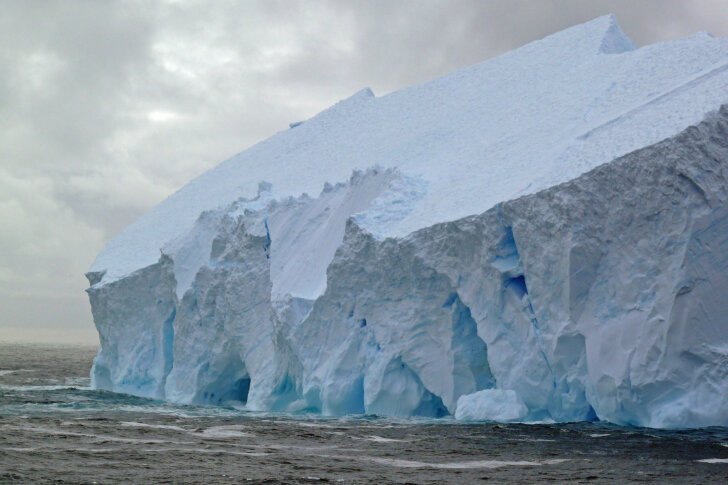Ice shelves in the eastern Antarctic Peninsula may have been predisposed to collapse by hundreds years of thinning according to a study in Scientific Reports.
To investigate past drivers of ice mass loss and its effect on the present, William Dickens and colleagues constructed a 6,250 year record of glacial meltwater discharge by analysing oxygen variants (isotopes) in single-celled algae preserved within a marine sediment core from the northeastern tip of the Antarctic Peninsula. Lower isotope values correspond to higher glacial discharge of fresh water.
The authors found that an increasing trend in glacial discharge occurred after the year 1400 reaching unprecedented levels after 1706. Another marked acceleration in glacial melting was observed after 1912. The findings suggest that ice shelves in this region have been thinning at an accelerating rate for approximately 300 years, which may predispose them to collapse as anthropogenic warming intensifies.
The authors suggest accelerated thinning was in part linked to shifts in the Southern Annular Mode that drove stronger westerly winds, atmospheric warming and ice shelf melting on the eastern Antarctic Peninsula, while also pulling warm water into the Weddell Gyre, potentially increasing melting on the undersides of ice shelves. Similar, more frequent shifts in the Southern Annular Mode observed more recently may reflect the dominant influence of greenhouse gas levels and ozone depletion and lead to accelerated ice mass loss in the future.
